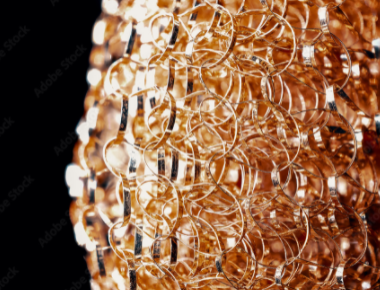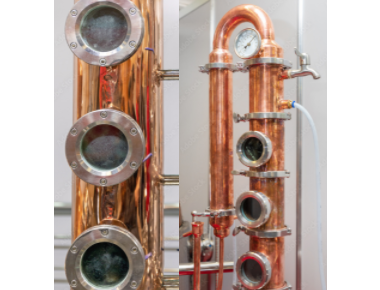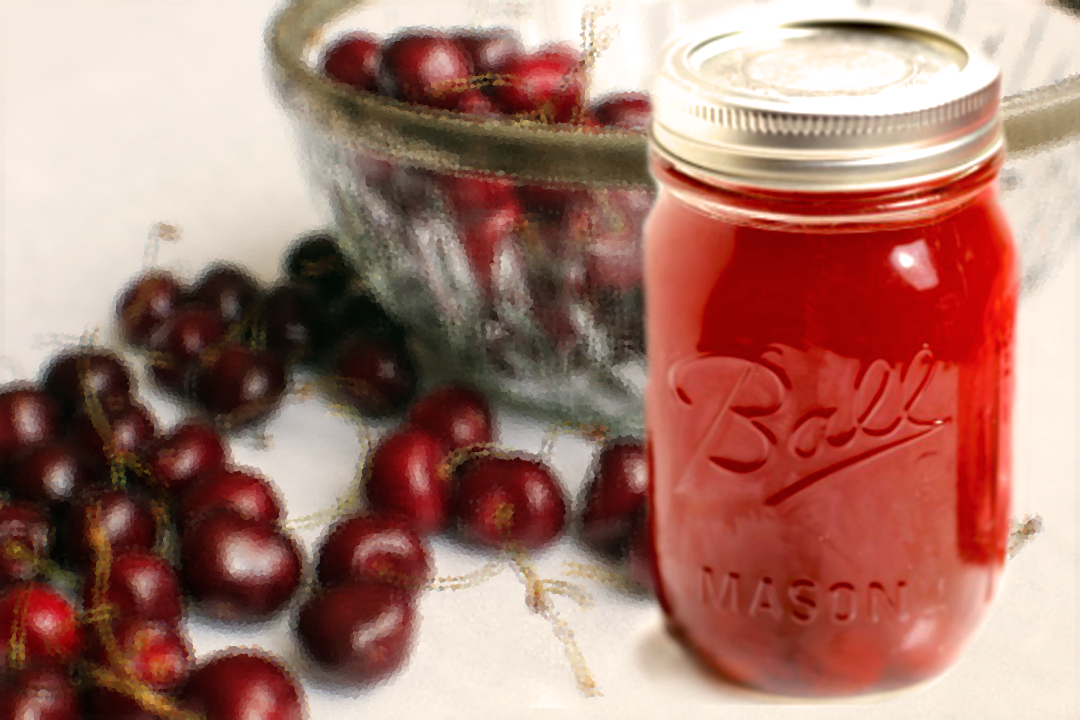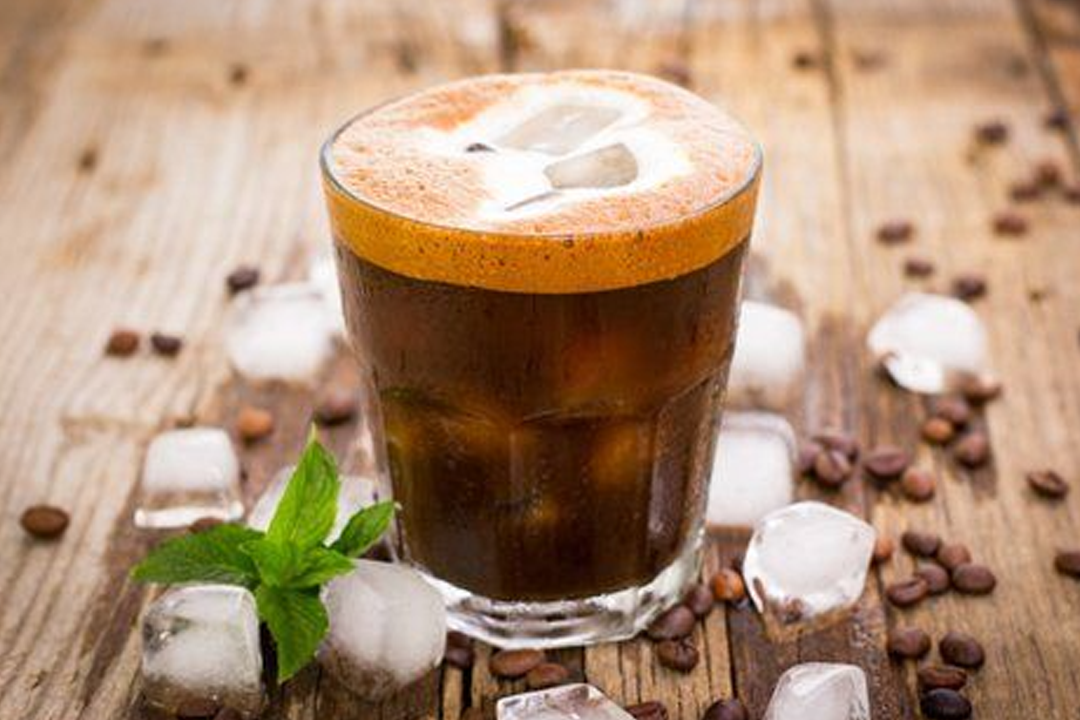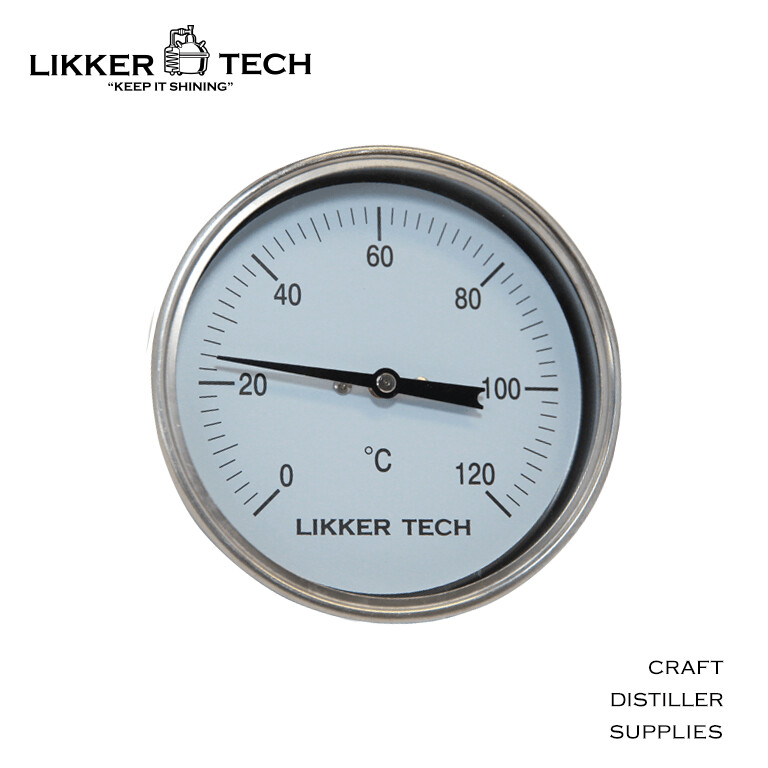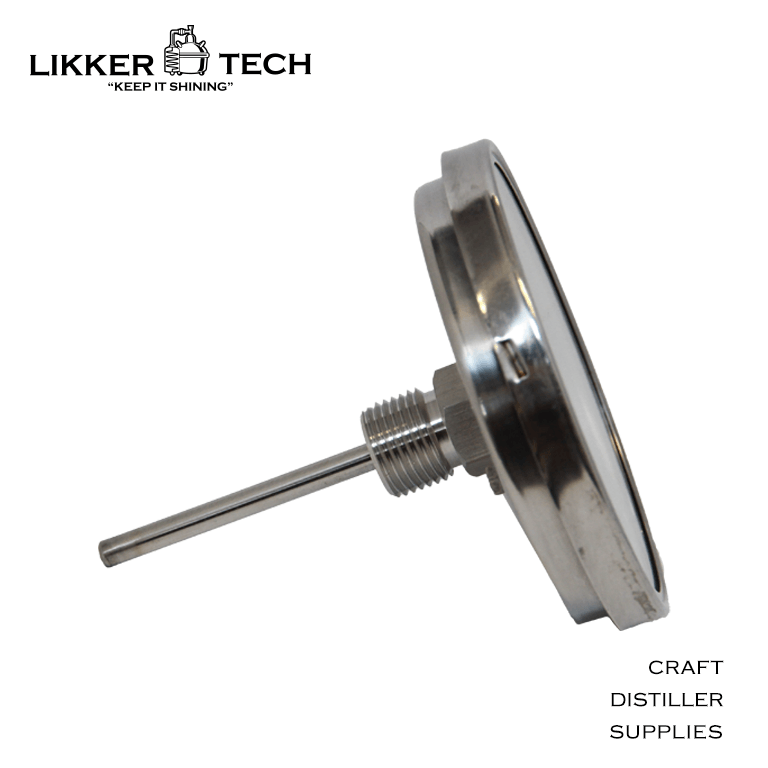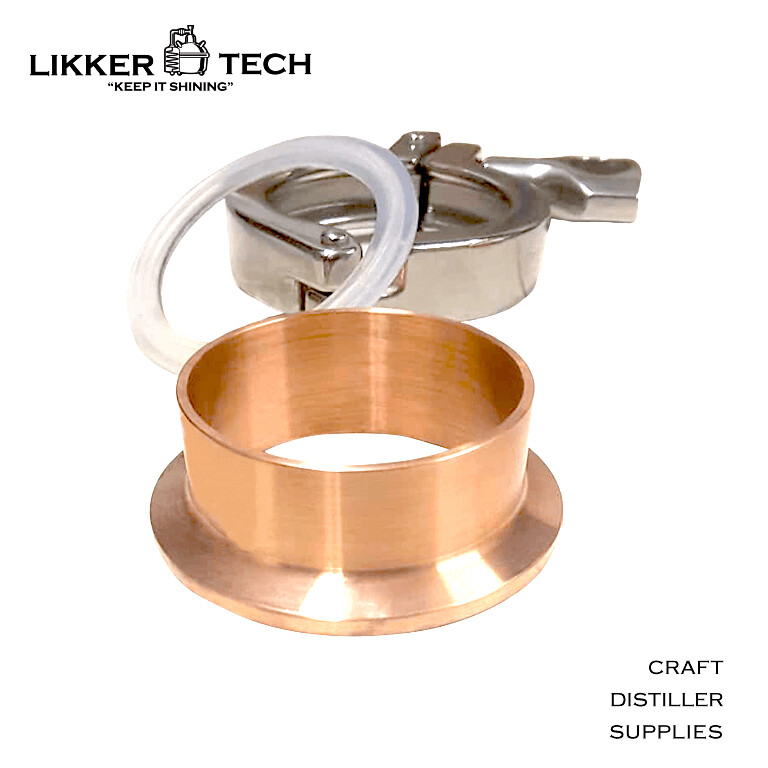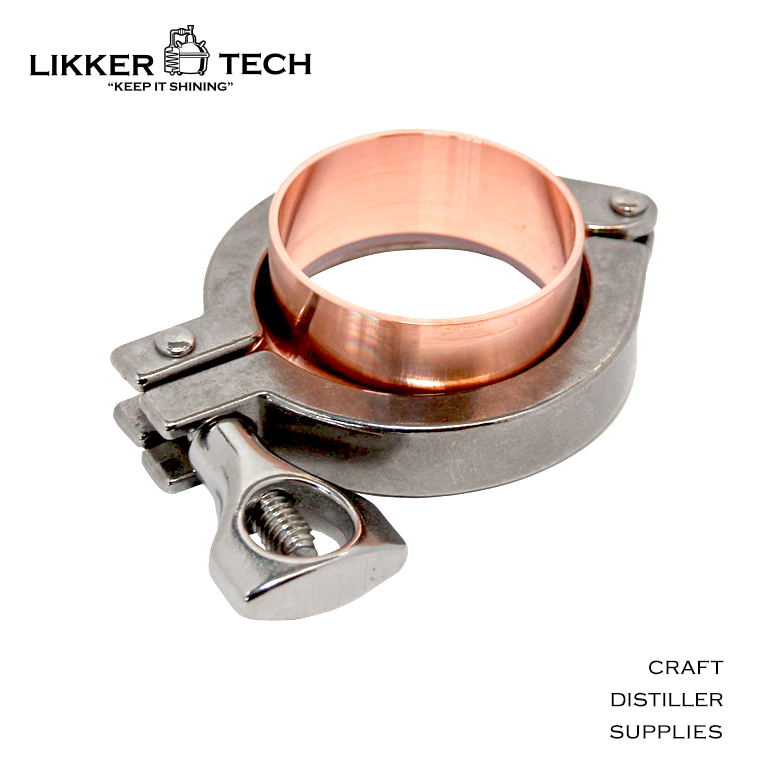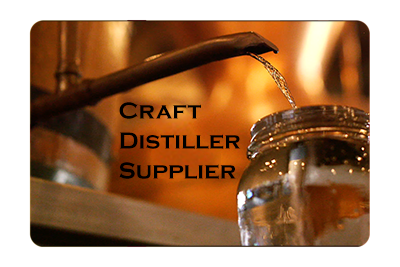CONTACT US
FIND US
Bela Bela Limpopo
WE ARE OPEN
- Mon - Fri
- -
- Saturday
- Appointment Only
- Sunday
- Closed
SHARE US WITH YOUR FRIENDS
INFORMATION
All Rights Reserved | LIKKER TECH
SUBSCRIBE TO GET OUR SPECIAL OFFERS
Subscribe to Get Our Special Offers
Thanks for subscribing. You'll be the first to hear about new items and special offers.
Please try again later.
Legal Notice
In several countries it is illegal to distill or ferment alcoholic beverages at home. Please comply to the laws regarding distilling and fermentation of alcoholic beverages of your country.
In South Africa, you may own a still and produce alcohol at home for own use after obtaining a permit.
Take note; that you are solely responsible to use any equipment, services or knowledge acquired from us, in a legal manner. Please acquaint yourself with the various laws and regulations regarding the use of distilling equipment and the manufacturing of alcoholic products in your country. You may not hold LIKKER TECH, its office bearers and/or personnel liable for any action following the illegal use of equipment, items or knowledge acquired from LIKKER TECH.

